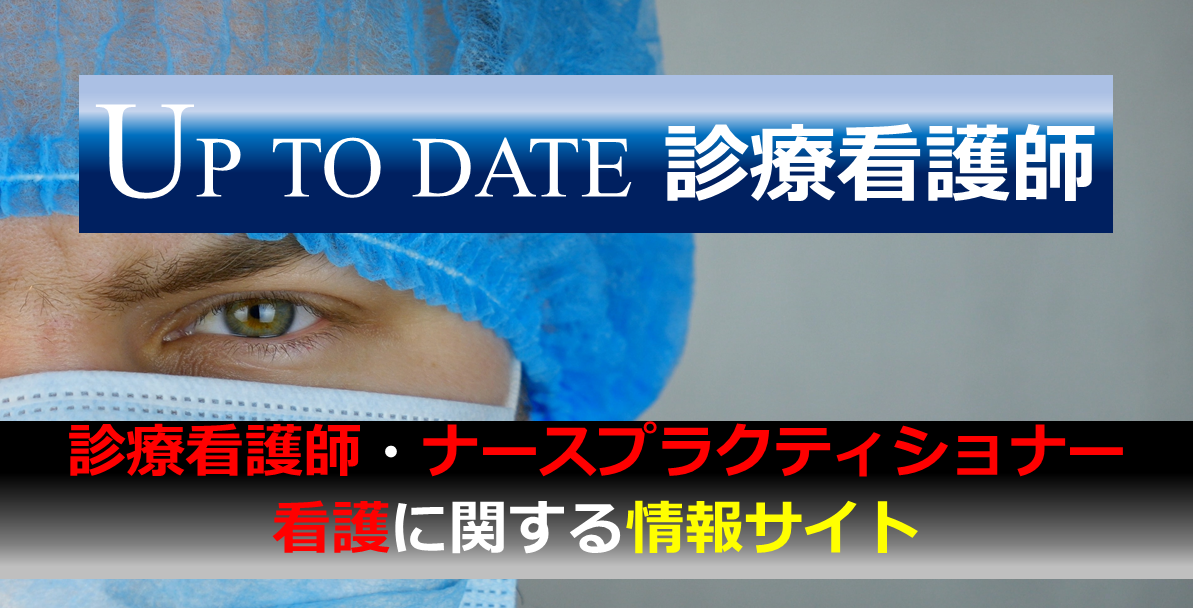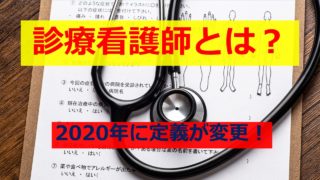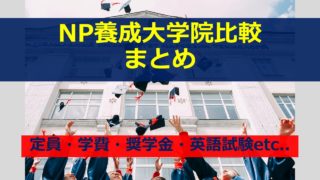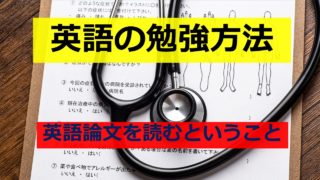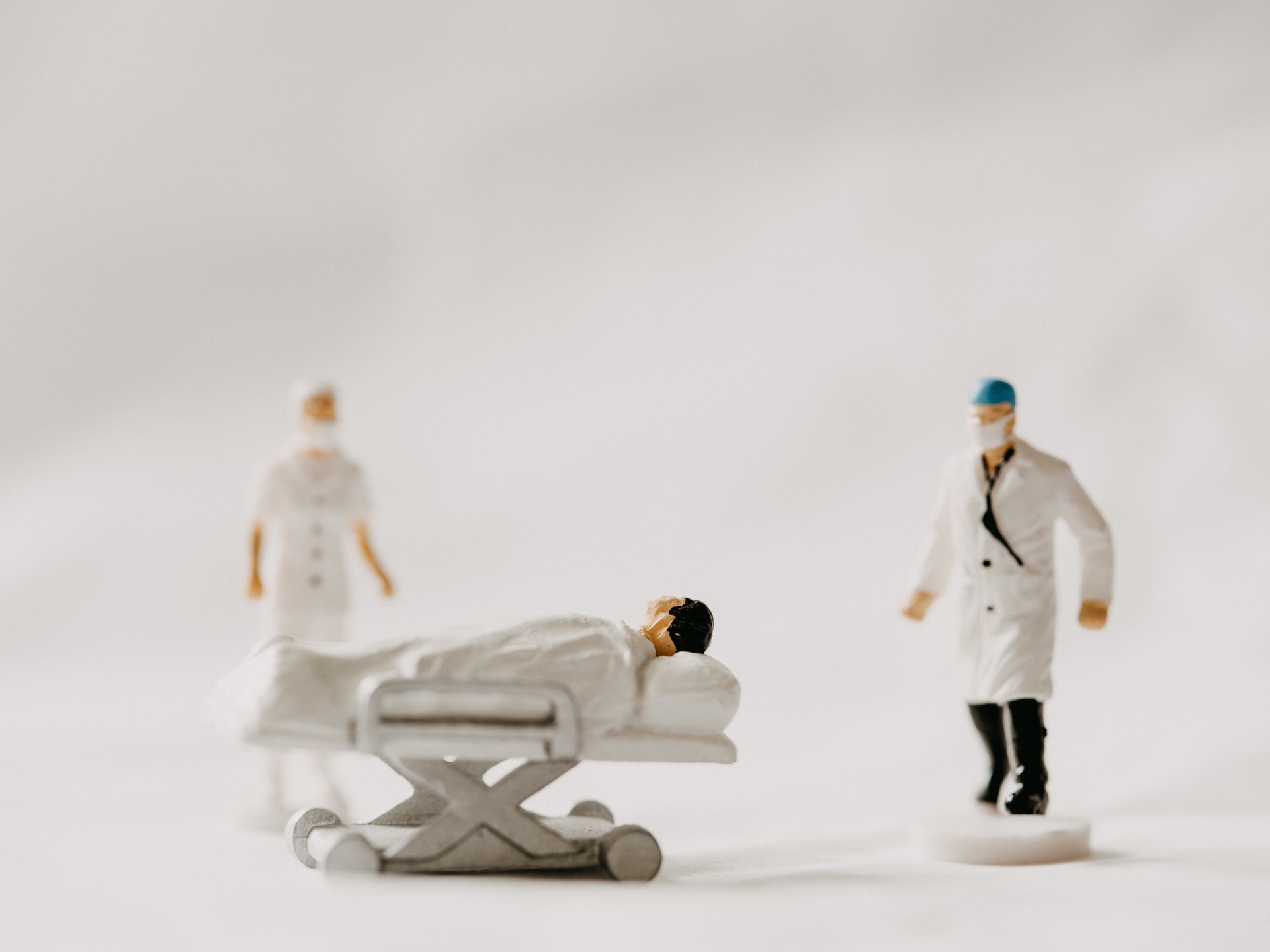Care of minor injuries by emergency nurse practitioners or junior doctors: a randomised controlled trial.
Sakr, M., Angus, J., Perrin, J., Nixon, C., Nicholl, J., & Wardrope, J. (1999). Lancet (London, England), 354(9187), 1321–1326. https://doi.org/10.1016/S0140-6736(99)02447-2
Abstract
BACKGROUND:
We aimed to assess the care and outcome of patients with minor injuries who were managed by a nurse practitioner or a junior doctor in our accident and emergency department.
METHODS:
1453 eligible patients, over age 16 years, who presented at our department with minor injuries were randomly assigned care by a nurse practitioner (n=704) or by a junior doctor (n=749). Each patient was first assessed by the nurse practitioner or junior doctor who did a clinical assessment; the assessments were transcribed afterwards to maintain masked conditions. Patients were then assessed by an experienced accident and emergency physician (research registrar) who completed a research assessment, but took no part in the clinical management of the patient. A standard form was used to compare the clinical assessment of the nurse practitioner or junior doctor with the assessment of the research registrar. The primary outcome measure was the adequacy of care (history taking, examination of patient, interpretation of radiographs, treatment decision, advice, and follow-up).
FINDINGS:
Compared with the rigorous standard of the experienced accident and emergency research registrar, nurse practitioners and junior doctors made clinically important errors in 65 (9.2%) of 704 patients and in 80 (10.7%) of 749 patients, respectively. This difference was not significant. The nurse practitioners were better than junior doctors at recording medical history and fewer patients seen by a nurse practitioner had to seek unplanned follow-up advice about their injury. There were no significant differences between nurse practitioners and junior doctors in the accuracy of examination, adequacy of treatment, planned follow-up, or requests for radiography. Interpretation of radiographs was similar in the two groups.
INTERPRETATION:
Properly trained accident and emergency nurse practitioners, who work within agreed guidelines can provide care for patients with minor injuries that is equal or in some ways better than that provided by junior doctors.
背景
私たちは救急病棟でNPまたは医師の管理する軽いけがの患者のアウトカムやケアを評価した。
方法
私たちの部署の軽いけがを呈する16歳以上の1453の適格な患者がNPのケア群(n=704人)とジュニアドクターのケア群(n=749人)にランダムに分けられた。
それぞれの患者はNPまたはジュニアドクターによって臨床評価の最初のアセスメントを受けた:その評価はどちら(NPまたはjunior Dr)がしたか分からないように匿名化を維持する為に転写された。その後患者は研究評価を完成させる経験豊富な救急科医師(研究のレジストラ)によってアセスメントされたが、患者の臨床管理は参加しなかった。
研究レジストラのアセスメントとジュニアドクターまたはNPの臨床評価は比較する為に標準的な形式を用いた。プライマリーアウトカムは適切なケア(問診や患者の診察、レントゲンの解釈、治療決定、助言やフォローアップ)を測定した。
知見
経験豊富な救急医の研究レジストラの厳しい基準の比較によって、NPとジュニアドクターはそれぞれ704人中の65人(9.2%)の患者、749人中の80人(10.7%)の患者に臨床的に重要なエラーを犯した。この違いに有意差は無かった。NPはジュニアドクターよりも病歴の記録が優れていた。そしてNPは少数の患者の怪我に対して計画されていないの支援の助言を求めなければならない事が見られた。NPとジュニアドクターで適切な診察や治療、フォローアップ、レントゲン検査のオーダーは明らかな差は無かった。レントゲンの解釈は2グループ同じようだった。
解釈
適切に訓練されたガイドラインを守り仕事する救急NPはジュニアドクターのケアと同等か又はいくつかの点では優れるたケアを軽いけがをした患者に提供できる。
1999年と少し古い研究であるがLancetに掲載されたNPの論文。Lancetは世界5大ジャーナルの一つとも言われ医師や医療関係者にとっても非常にインパクトのある雑誌である[1]。ちなみに2017年のIFは 47·831のようである[2]
。
そこにNPの研究が載る事は非常に重要であり、世界中にNPの効果を印象づける結果となると考える。また、この研究は所謂ランダム化比較試験であり、現在でもエビデンスレベルが高い研究デザインである。この研究手法を取り入れ、日本の診療看護師のアウトカムはどうだろうかと考えると色々面白い(ただし日本の風土と少し古い事は十分考慮しなければならない)。
またイギリスではジュニアドクターとは卒後5年から10年目までの医師の事を指すようで日本の研修医とは少し違うようである[3]。
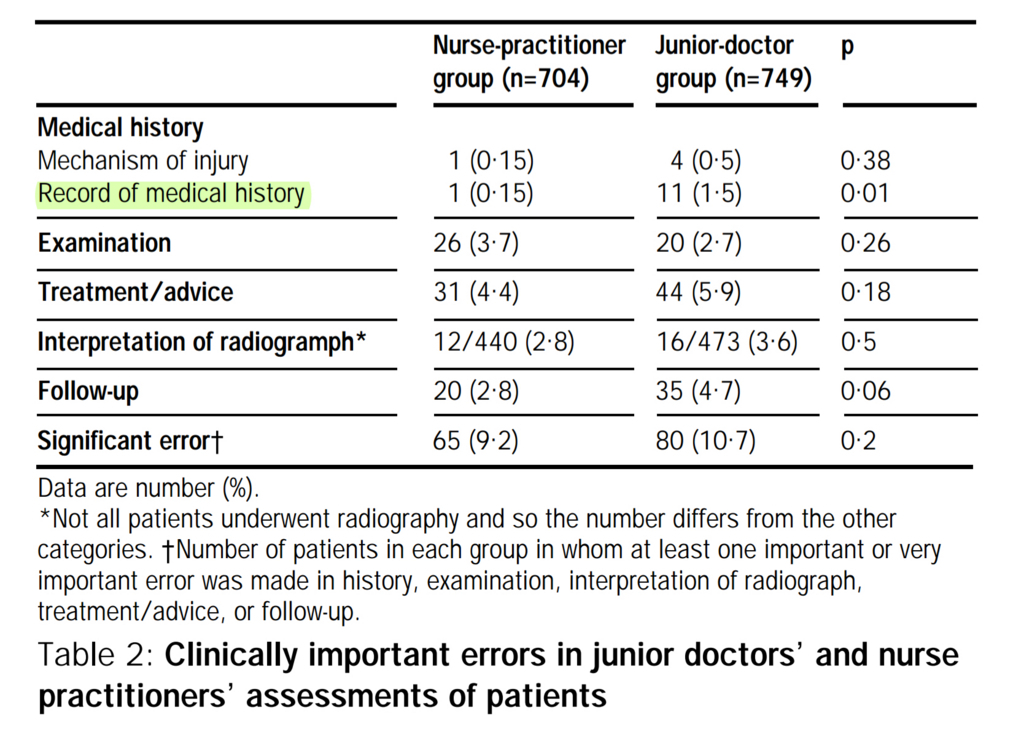
本文を読んでいくとNPは記録をしっかり残す事が優れているようで、ここの辺りは看護師や医療従事をした経験から必要な情報を残す能力があるのかもしれない。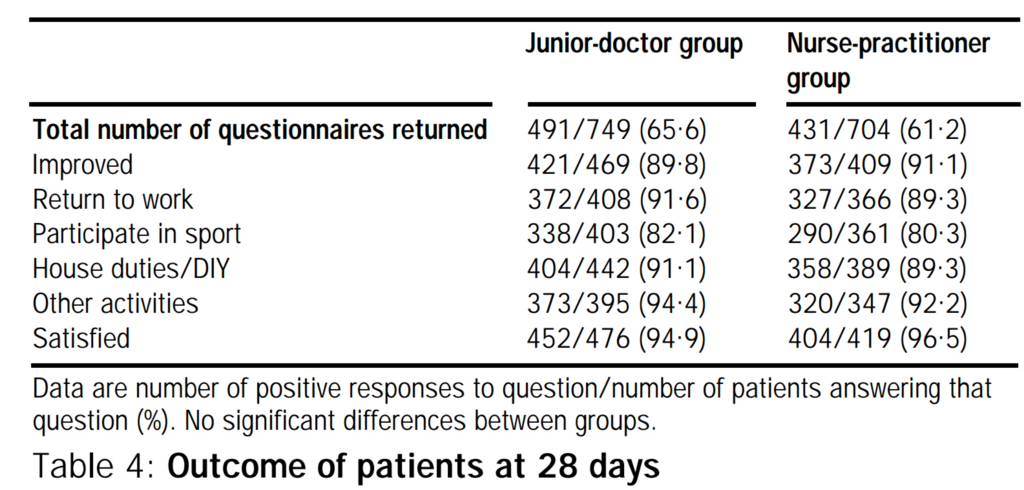
患者満足度もそんなに変わらないようである。
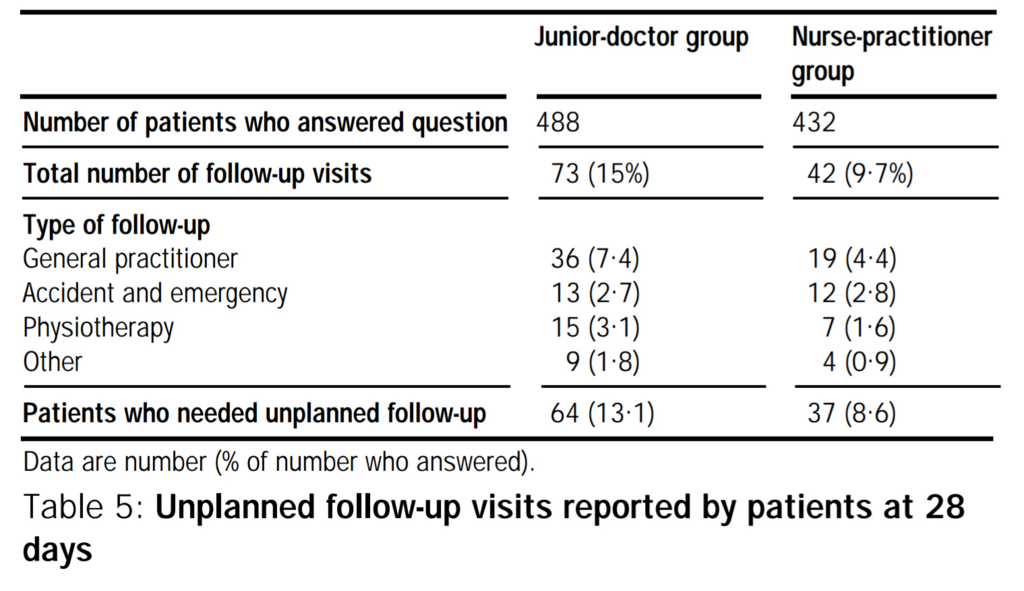
また患者の予定外の受診数はNPの方が少ないという結果も出ている様だ。
興味があるかたはフルテキストがネット上で手に入るので読まれる事をお勧めします。
Reference
[1] ランセット – Wikipedia
[2]http://www.thelancet.com/lancet/about
[3]Junior doctor – Wikipedia
